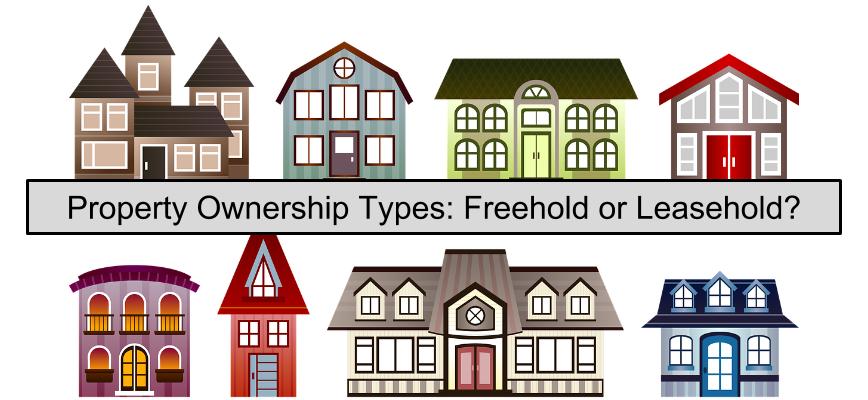Reading a recent news article written by a letting agent in Southampton, prompted me to consider the different property ownership types in the UK and which would be best for landlords looking for the perfect property for letting in Southampton.
This article considers the differences between leasehold and freehold properties and explores and what should be considered by landlords before purchasing that buy to let property.
In the UK there are two different types of property ownership, they are freehold and leasehold and the difference between the two should strongly sway your property purchasing decision.
What is Freehold Property
If a property is freehold, it means that the owner, or freeholder, of the property owns it outright including the land that it is built on.
Something that could be considered as the downside of freehold is that, as the freeholder owns the property and the land outright, they are also responsible for maintaining it. That said freehold has its benefits:
- There are no concerns with the lease running out
- There is no landlord to deal with
- There is no annual ground rent or service charges to pay
- You have responsibility for the building and its maintenance
What is Leasehold Property
In the UK the majority of flats and apartments are leasehold, which means that you only own the property for a limited period of time. This causes problems, although you can usually apply to extend the lease. The basic details of leasehold are:
- Leases are long-term, often for 90, 120 or even 999 years. However they can also be as short as 40 years.
- As a leaseholder, you have a contract with a freeholder. This outlines the legal responsibilities for both the leaseholder and freeholder.
- Maintenance fees and annual service charges are payable by the leaseholder as well as a share of the buildings insurance.
- A ground rent is also payable to the freeholder by the leaseholder.
No major works can be carried out on a leasehold property without the agreement of the freeholder. - There may be other restrictions placed on the leasehold property with regard to pets and subletting for example.
- The freeholder is responsible for the maintenance and upkeep of the leasehold buildings and the land that it is on.
- As the term of the lease decreases, so does the sale value of the property. Should the lease reduce to zero years it passes back to the freeholder.
- As a freeholder, you will have the right to extend the lease terms of the property.
Should you Buy a Freehold House or a Leasehold Flat?
If you are a landlord in Southampton is it more lucrative to buy a freehold house or a leasehold flat, which of the two property ownership types is best? This was the subject of Brian Linehan’s, Managing Director of Belvoir Lettings Southampton, article.
Brian quite rightly states that the most important consideration when purchasing a buy to let property is to buy for the market. Not choose a property and then try to let it for a demand that may not even exist.
Whilst a leasehold property may not offer the best capital gain, if the demand for Southampton city center flats and apartments is high then a leasehold property may offer a better yield.
On the other hand, a freehold house on the outskirts of the city, although perhaps not in such high demand could, with some improvements, offer a higher capital gain. If it is family homes that are in demand then a freehold house could also offer the opportunity of a high yield.
So just to reiterate, it is important to buy for the current demands in the area that you are looking to purchase your property in.
Have you come up against any issues with leasehold properties? We would love to hear about them in the comments.

Be the first to comment on "Property Ownership Types: Freehold or Leasehold?"